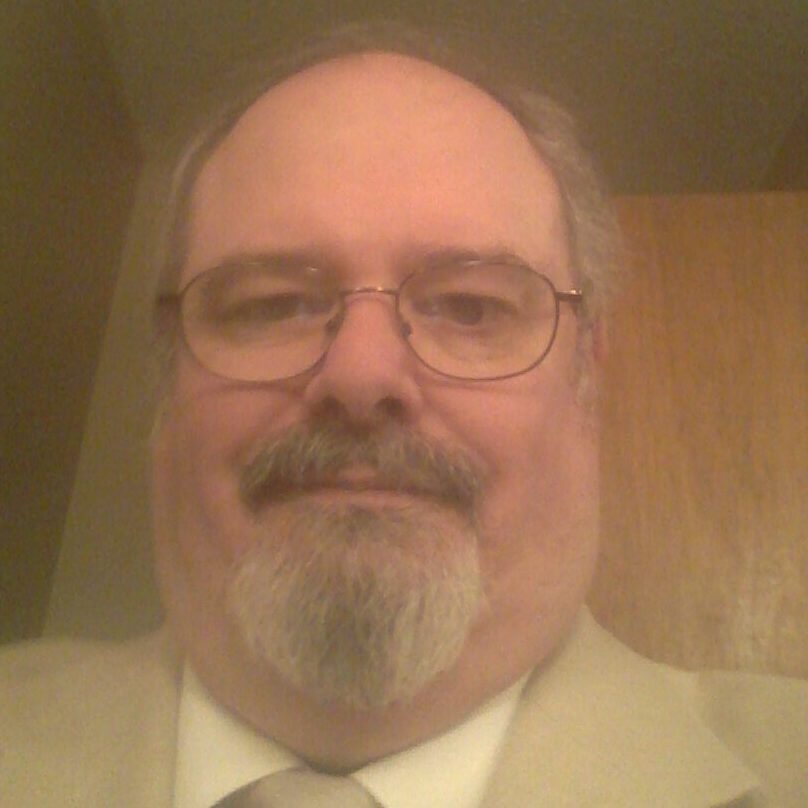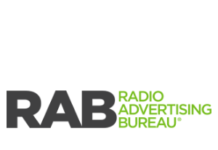
(By Gary Begin) In 1970, only 10% of Americans cumed the FM band. By 1978, 50% of all radio listening moved to FM. In 1983, FM became the standard issue in all US-built automobiles. How the FM band rapidly grew its appeal reveals a strategy that could work to recharge interest and turn AM around.
FM radio grew because the band offered compelling, subversive programming. By 1970, AM stations had stopped experimenting and questioning their own methods because they were minting money. “Don’t risk that bottom line, buddy.”
At the same time, FM stations were losing money and had little audience, so there was nothing to risk. Owners of both AM and FM suffered from arrogance regarding FM. They believed that FM didn’t really count; it wasn’t really radio. Even the National Association of Broadcasters didn’t recognize FM.
Today, it’s flipped: AM stations are losing money, have diminishing audiences, and have nothing to risk except by doing nothing. Doing nothing is a significant risk.
FIVE FM-INSPIRED STEPS TO TURN AM RADIO AROUND:
1. The Magic Of Events
AM Radio cume spikes during sporting event broadcasts. The key word in that phrase is not sporting but rather, event.
The AM Band can still grow cume today. Every time a major league team plays baseball on an AM station, the cume increases. This phenomenon has been incorrectly interpreted as sports play-by-play is the only AM answer. It is one answer. Compelling events, like an MLB game, are key strategic elements to AM’s success.
The AM opportunity for growth comes from broadening the definition of “compelling events.” Mirror what the audience does: High school reunions, weddings, proms, intramural sports, bowling tournaments, beach parties, block parties! Your limit is your imagination.
2. Your Station’s Finances Have A Limit, Its Freedom Shouldn’t
Initially, successful FM radio shows were produced in church basements, house trailers, and storage rooms. Money is not going to grow an AM station. What matters is what’s on the air. AM can grow from creative, passion-filled content. When a station is “dead”, life does not spring from the poison that killed it.
Put this challenge to your staff: Do whatever you want with the AM.
It is noteworthy that the early, major FM format innovation; progressive free form rock, was created by AM Stars such as Tom Donahue, B. Mitchel Reed, Murray the K, and Jerry Stevens. At the time they were over 40 years of age and at the top of their earnings. They knew how to make the radio and which rules to break; they had put in their 10,000 hours. Those radio legends combined their skills with the open-mindedness of fresh-out-of-school talent to produce stunning, disruptive, fun radio. Give that a try, if you’re brave enough.
3. Enlist Cume Makers
Some call them “influencers” or “early adopters.” These groups of people try new radio programs first. They are opinion leaders. After you identify the people who are first-wave listeners, get them involved with your station. Put them on the air, give them shows, and build promotions for them. Put them to “work” to talk about your station.
Top 40 radio was built by high school students’ requests and dedications. Early Top 40’s featured high school student reporters on the air every night sharing news from area high schools. Those stations were the talk of the school every day.
4. Reverse The Day
The best daypart for sampling and experimentation is overnight. You may be surprised that many FM stations invested in overnights first and morning drive last.
Dick Summer was the first radio star hired by WYNY-FM New York in 1978; he was the overnight host. Fabled talk show host Alex Bennett was a very early hire on WPLJ New York – he did overnights.
Morning drive listening is the most habitual and therefore the hardest from which to share cume. Rather than voicetrack nights, create something innovative. Bring in live talent! As company after company relegate their FM overnight programming to sterile automated nothingness, AMs have been handed an opportunity to offer live, subversive, dangerous, interesting UNPREDICTABLE PROGRAMMING that will win attention and cume.
5. Pop-Up Programming
Nielson’s Portable People Meter allows radio to be measured electronically in real-time. The diary ratings method necessitates that programming be consistent 24/7 for listeners to remember the station. NOT SO in a PPM market. In PPM, short-term programming and special event coverage can be measured and sold for guaranteed rates. Disrupting the format is not destructive, it may be essential.
WARNING
Innovation requires embracing change at all levels. Challenge assumptions and question every tactic. Do not question the need for innovation. Innovation is needed right now, just look at the current ratings trends of almost every single AM in the US. Let’s innovate before it’s too late.
Gary Begin is Founder/President of Sound Advantage Media, a radio/podcasting
consulting firm. He possesses over 40 years professional radio broadcasting &
voice over experience. Contact Gary at [email protected] and
731-437-0536. Read Gary’s Radio Ink archives here.







For you owners with FM translators, an actively programmed AM station can grab a lot of attention. Especially with music specialty programming hosted by people who know their specialty thoroughly.
What radio…ALL of radio needs…are good local personalities who are aiming to be entertaining.
Amen to that, Kevin. That’s one-thing the competition can’t copy. Your personalities!
Gary Begin
Cogent insights into the declining world of radio where expertise such as Gary’s is crucial to station success and survival.
Until the FCC gives AM it’s full-spectrum audio back it’s a dead duck. Digital AM never got off the ground but the rules requiring rolling the high end frequencies remain in place. AM audio has the fidelity of a noisy phone line—air pollution!
Should read “rolling OFF the high end frequencies.
My opinion has always been an AM station is only as good as its night signal. The only AM’s hanging onto any decent amount of listenership are ones with good nighttime coverage. The majority of AM stations do not have great night coverage of their markets. The fact is the AM band is technically inferior to FM. Major Armstrong knew that when he developed FM broadcasting. Shortwave radio was popular at one time. Pretty much dead now. If an AM owner didn’t get an FM translator during the FCC windows, or buy one, their listenership will continue to decline. Especially an AM with a lousy or non-existent night signal. Oh,, and an AM should be streaming by now. Digital connections for distribution will only continue to grow.
That’s some good thinking Gary but I feel that the future of AM is more basic than that. Most of the AM stations I listen to are obviously treated by their owners as after thoughts. It’s obvious that the computer is just put in “auto” and then just forgotten about. I hear major chunks of dead air, two audio sources running at the same time on top of each other, promos and spots not updated..I could go on. It’s hard enough to get people to listen to AM but when they do, shouldn’t it sounds just as good as the FM? Where’s your pride programmer’s and owners?
It’s all about a buck, Jerry. The rest is conversation.
Your basic premise is flawed. FM took over because music could be heard in stereo and the signal wasn’t interrupted by buildings, overpasses, etc.
All true, but the music itself changed, too. It had to.
The FCC dictated that stations with both AM and FM frequencies could no longer duplicate their AM broadcasts on their sister FM station. So when Murray “the K” Kaufman took over as primetime evening DJ and the initial program director at WOR-FM, he focused on singer-songwriters, album-length cuts, and a perspective that rock was a legitimate form of musical expression, not a passing fad that kids “grew out of.”
Kaufman established a format, aided and abetted by Scott Muni, Rosko, and Allison Steele, that endured for a generation. When Drake-Chenault was brought in at WOR after the first year and switched the format to oldies (which, they assured WOR management, would attract more listeners and the kind of advertisers that didn’t shy away from running commercials alongside “Society’s Child” or “Positively Fourth Street”), the AOR format and intimate sound moved (with Muni) to WNEW-FM.
Only then, a year after Kaufman introduced the new approach, did Tom Donahue debut on FM in San Francisco with the same strategy, which came to be labeled “alternative rock.” Oddly, Donahue’s in the Rock Hall for doing what Kaufman did a year ahead of him, but Kaufman’s achievements have never been acknowledged. In the words of Lance Freed, “My father may have given birth to rock ‘n’ roll, but Murray raised the kid.”
Oh yes. Let’s start experimenting on AM in the overnight hours.
Or I guess you mean the FM translators if anyone is actually listening.
Good grief. What a joke.
THERE’S a positive response. What about all the FM’s becoming nothing more than “jukeboxes?” Especially during nights and overnights’. How does that serve their communities? LOL….It doesn’t!